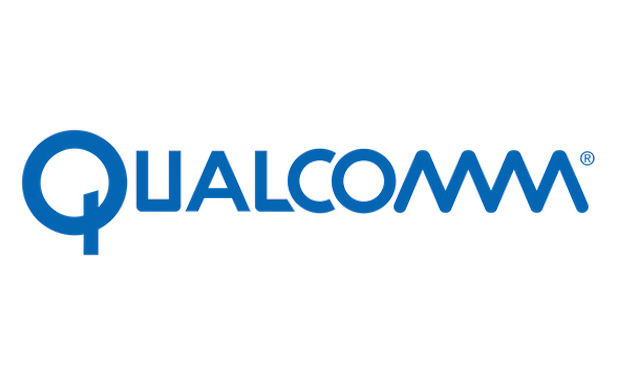Qualcomm is betting on chips for lower tier smartphones, small cells, data centres and the Internet of Things to turn it around as it announced 15 percent job cuts and plans to save more than $1 billion (€910 million).
The chipset maker unveiled a six point plan last night following pressure from Apple and Samsung. The latter’s decision to use its own chips in its flagship Galaxy range has been damaging to Qualcomm, with it and Apple continuing to carve up the smartphone market between them.
Qualcomm has warned its semiconductor business will not perform as well as hoped in its forthcoming fourth quarter. It said there was reduced demand for certain devices that feature its high-end chipset and for their premium-tier products, alongside lower sales in China.
As part of its turnaround plan, Qualcomm will shed around 4,500 jobs and could potentially break-up the business. It said it would focus on smartphone technologies that scale, as well as the “modem and other differentiated technologies”.
The announcement came as the company revealed its third quarter profits fell 40 percent to $2.1 billion (€1.9 billion). Sales also dropped 14 percent to $5.8 billion (€5.3 billion).
Steve Mollenkopf, CEO of Qualcomm, said: “Qualcomm has been and will continue to be the industry leader in mobile technologies. We have tremendous advantages and IP leadership, and we are very well positioned to capitalise on the significant long-term opportunities before us as mobile computing dramatically expands beyond the smartphone.
“The actions we are taking today are designed to ensure that we are properly structured to seize these opportunities while delivering improved near-term performance. I have great confidence in our employees and our ability to implement this new plan and I look forward to providing our stockholders with quarterly updates on our progress.”
Qualcomm is also being investigated by the European Union about whether it abused its market position in the chipset market.
Meanwhile, new research from Strategy Analytics revealed the smartphone chipset market grew by a fifth in Q1 to hit $5.3 billion (€4.8 billion), with Intel, Samsung LSI and Huawei’s HiSilicon all registering triple-digit growth.
It illustrated the challenge Qualcomm faces from rivals at the high end of the market. In the first quarter, the US manufacturer held a 47 percent share in global smartphone chipset revenues, compared to 55 percent a year ago.
The release of Samsung’s Galaxy S6 and S6 Edge devices amped up the pressure on Qualcomm, as well as demand for the Exynos 7420-based smartphones.
Sravan Kundojjala, Associate Director, said: “Qualcomm took a hit from a slower adoption of its flagship Snapdragon 810 AP and increased competition. As a result its smartphone AP revenue share dropped to 47 percent in Q1 2015 from 55 percent a year ago quarter.
“However, Qualcomm, helped by its mid-tier and low-tier Snapdragon 600, 400 and 200 families of chips, managed to register a robust 33 percent year-over-year shipment growth in Q1 2015.”
Once again, Apple claimed the number two spot in revenue share in Q1, claiming a 16 percent slice. This was followed by MediaTek at 15 percent, while other manufacturers claimed 22 percent of sales.



